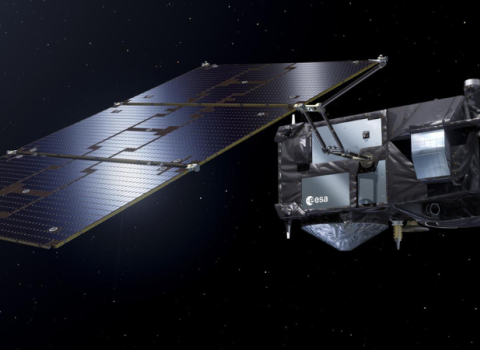Licensing opportunity
Researchers at ETH Zurich have developed a new type of radar absorber with improved absorptive properties.
Radar absorbers for minimising the reflection of incident electromagnetic waves come in a variety of different formats, including pyramidal absorbers, Salisbury screens, Jaumann absorbers and Planar absorbers.
Planar absorbers are of special interest because of they are suitable for use in a range of different devices and environments. However, such absorbers are usually narrow band and are quite bulky.
More recently, absorbers based on frequency selective surfaces (FSS) have been proposed. While these absorbers are usually much thinner than other types of absorber, they still suffer from narrow bandwidths,
The ETH researchers have devised perforated FSS absorbers with improved absorptive properties, comprised of a perforated lossy substrate on one side and covered by a FSS pattern on the other side. This design has the advantage that the holes in the substrate affect the resonance properties of the structured metallic layer and the spectral absorption of the whole device.
Features and benefits include: very broad operation bandwidth (14 - 26 GHz); stable angular behaviour compared to homogeneous absorbers; more degrees of freedom for designing thin absorbers; a simple fabrication process, only one hole per unit cell is required; and thin absorbers with reduced weight.
The potential applications include:
Defence industry: tracking applications to reduce the radar cross section (RCS) of aircrafts or ships;
Electronic packaging and building industry: shielding electronic circuits, equipment and living environments from electromagnetic interference;
Building industry: absorption of incident radiation to buildings located around airports;
Mobile and telecommunications industry: protecting humans from electromagnetic radiation.





 A unique international forum for public research organisations and companies to connect their external engagement with strategic interests around their R&D system.
A unique international forum for public research organisations and companies to connect their external engagement with strategic interests around their R&D system.